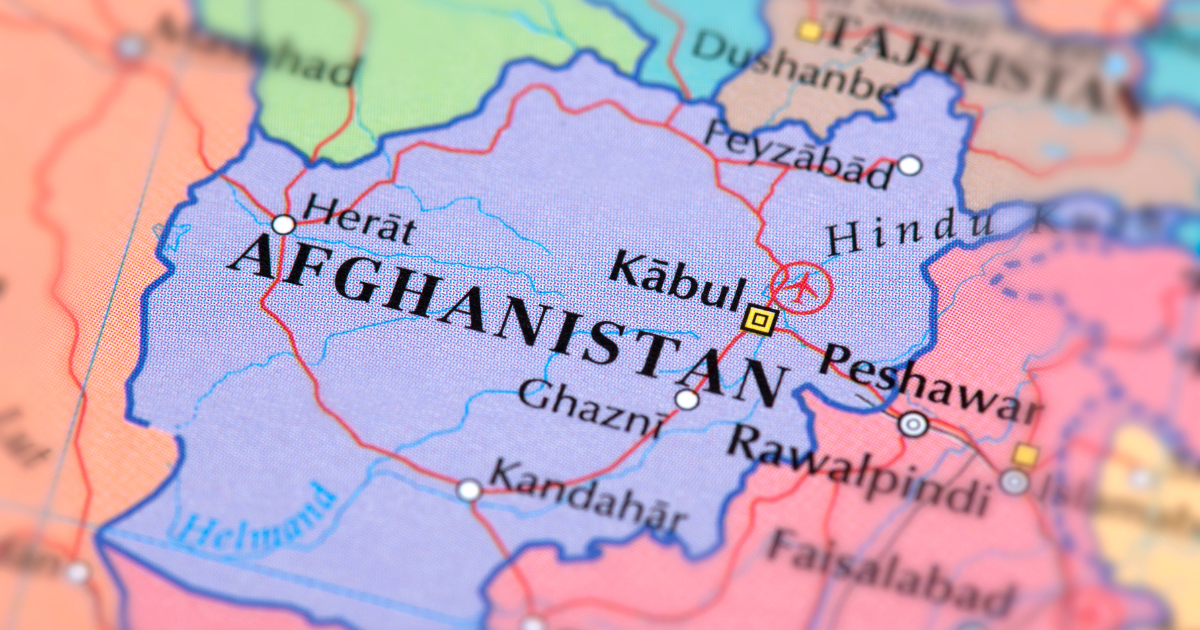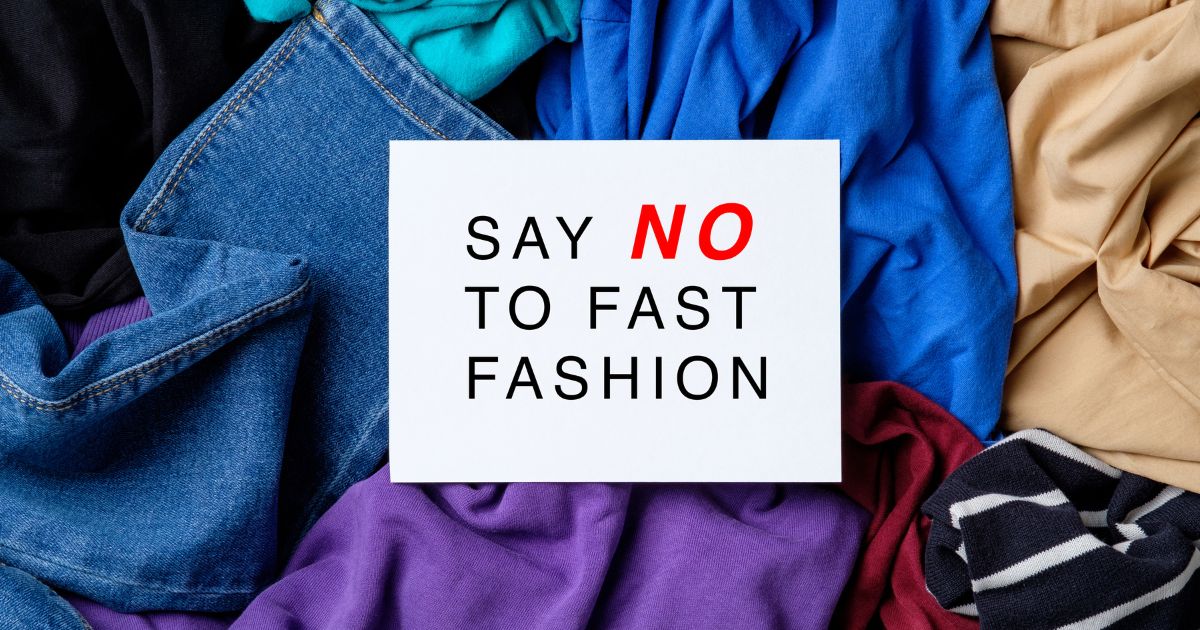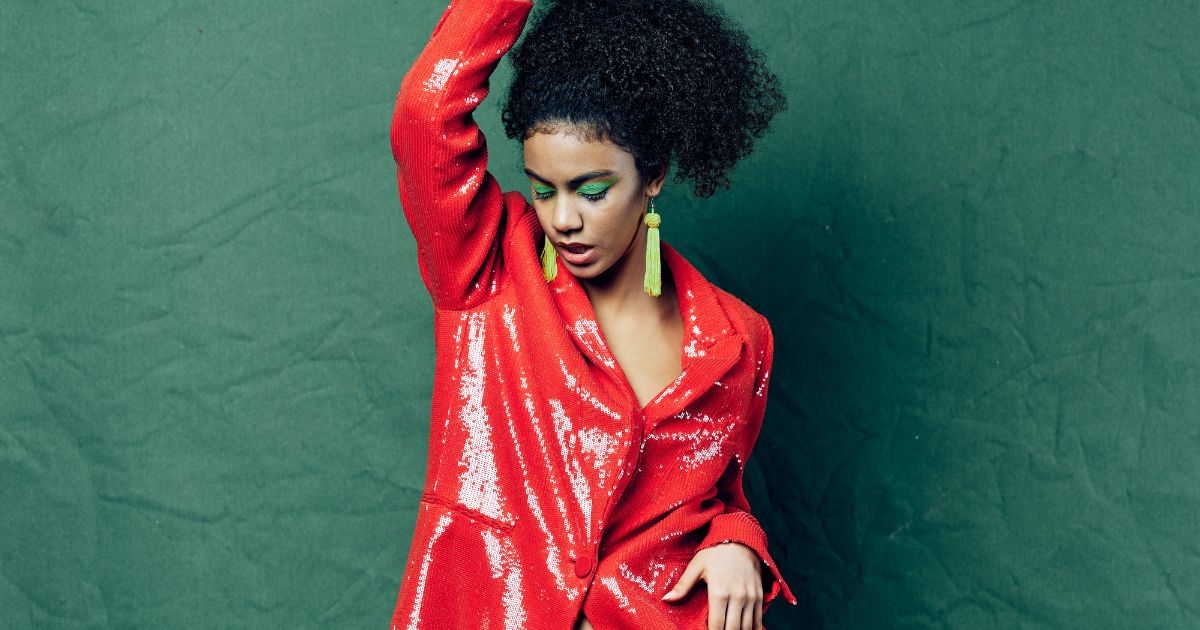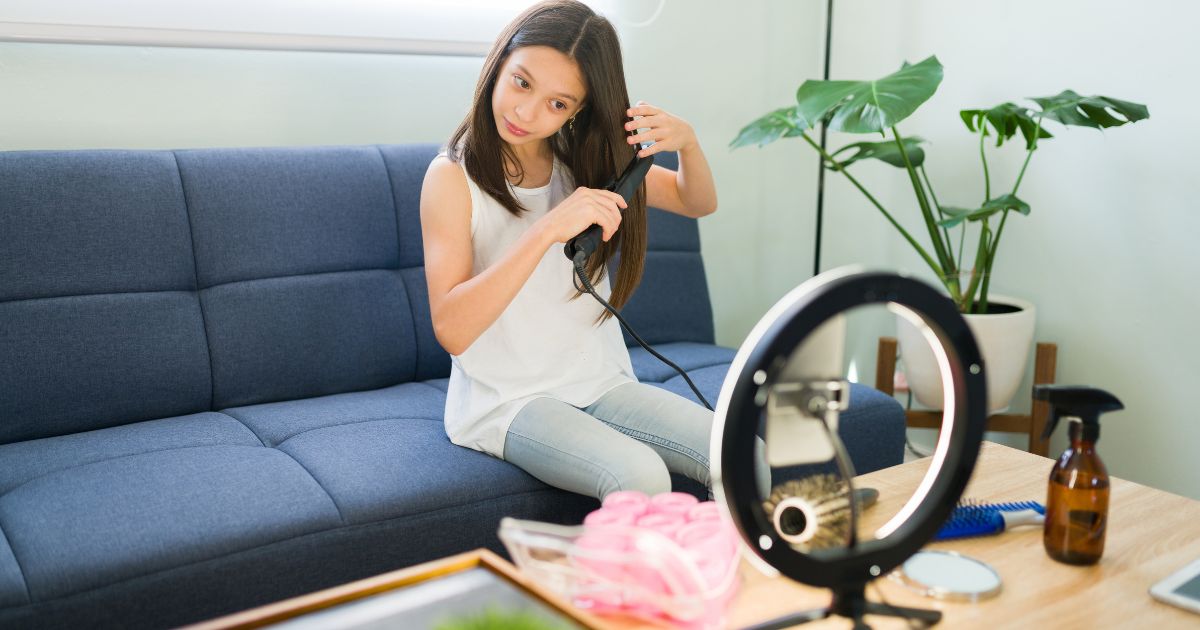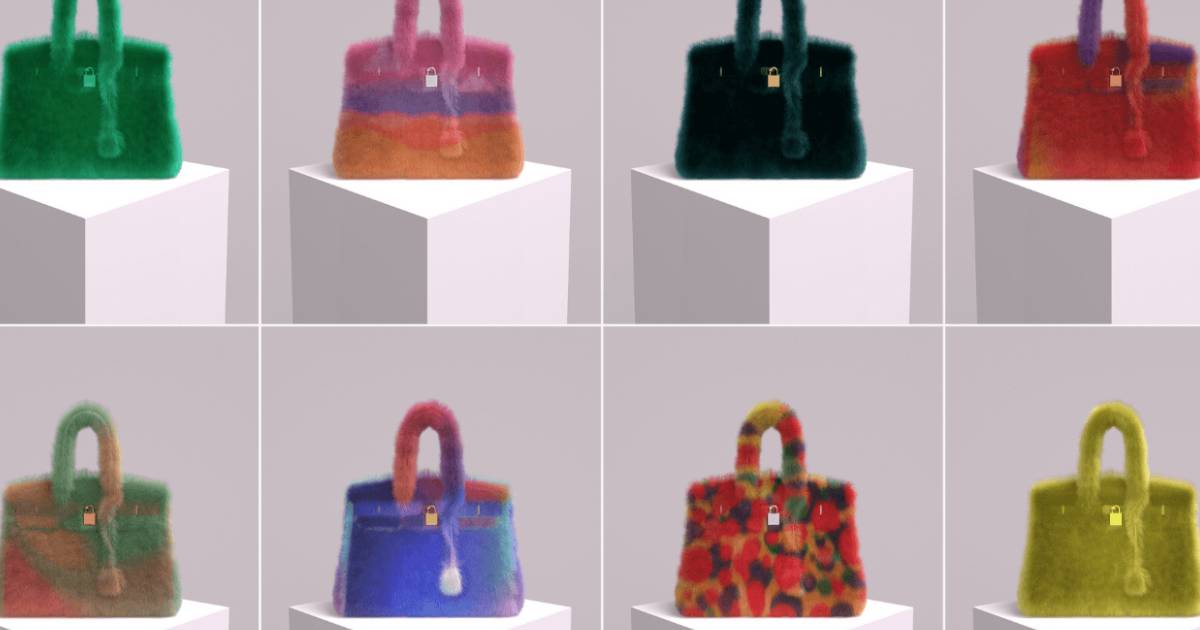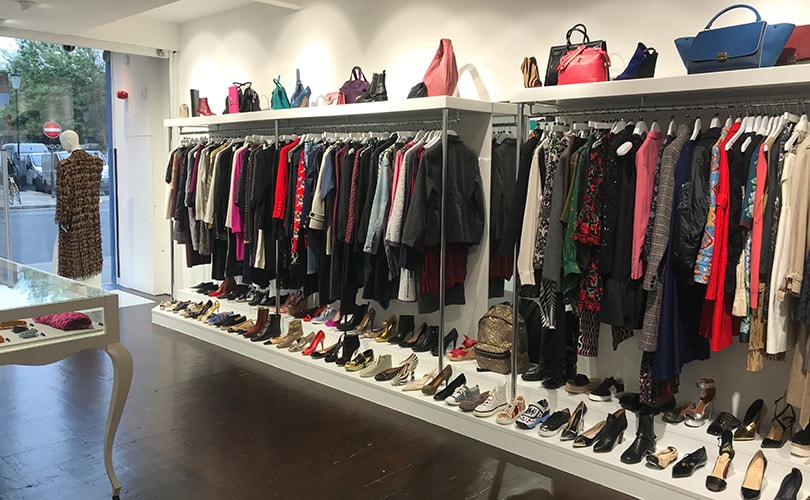A nation’s fashion can frequently be seen as a reflection of its modernity as well as the very heart of its past and present. It can use a timeline of clothing, fabric, and designs to convey a tale while also examining how society and politics have changed over time.
Many individuals both inside and outside of Afghanistan believe that war, terrorism, and internecine conflict are a permanent part of the nation. Afghanistan, regardless has a unique variety of ethnic and regional clothing traditions, as well as a remarkable rich background.
The Afghani culture mirrors the multi-varied ethnic groups as Afghanistan is home to several ethnicities, those including Pashtun, Tajik, Hazara, Uzbek, Baloch, Turkmen, and Gurjar. The clothing represents many regions and cultures in Afghanistan.[1]
Due to the dry weather conditions of the region, ladies wore cotton-based clothing in the summer, and wool-based clothing in the winter. “Perahaan”, the knee-length dress, is typically worn with “tunbaan”, the pair of pants. According to culture, the younger population wore colourful Perahaans, while the older population wore dark-colored Perahaans. A major sort of jewellery that has consistently been a part of both traditional and modern Afghani fashion is silver jewellery. On women’s clothing, silver beads, coins, and ornaments could be seen stitched on. Additionally, these silver decorations have embroidered, mirror accents, and beautiful beads.
WOMEN’S TEXTILE CRAFT
Afghan women are skilled in a much wider variety of textile skills than those that have been used for economic gain. The main textile crafts are weaving rugs and cushions, making women’s apparel, and embroidering clothing and household items.
However, embroidery was a particularly favoured skill by Afghan women which supported their economic sustainability for a variety of reasons. These reasons are economic, resource availability, spatial requirements, and informal education. Compared to other textile craft economies, embroidery practice requires the least costly tools and materials. The only required tools are a needle and in some instances an embroidery hoop. Embroidery materials include a variety of fabrics but usually woven cotton and wool are typical while embroidery threads depending on the tradition consist of cotton, wool and silk. Other additive surface materials are incorporated (Harvey, 1996; Paiva and Dupaigne, 1993; Paine, 1990) such as mirrors, shells, braids, beads, coins etc. Regardless of embroidery tradition, most tools and materials are available at a nominal cost to nearly all women regardless of geography or community residence.[2]
The difference between fabrics used for clothes and textiles for the home, the amount of technical skill and artistic sophistication, and ethnic and regional affiliation can all be utilised to identify Afghan embroidery. These needlework types can also be divided into general embroidery traditions, traditions based on technical skill, and traditions that reflect regional and ethnic differences. For instance, general embroidery traditions are mostly seen on gul and khaamak dozee, which are textiles used in the home and clothes for children. Taarshumaar and taarkashee dozee, adult attire worn in more open social circumstances, are examples of textiles with greater technical aptitude. Mora and chaarma dozee are designated for special occasions that are the most visible and important to the community and are associated with ethnic textiles.
Exclusive NGO designed items are typically marketable items made to compliment other cultural demands; camera cases, key chains, napkins, skirts and vests, dresses, lingerie bags, Christmas ornaments. Motifs are often large, abstracted, simplified and singular techniques. The most successful NGOs are the Danish DACCAR Sewing Project and the British Ockenden Venture.[3]
In the past, Afghans have made items for use by their families in social contexts that mix the public and private spheres. However, Afghan women struggle to uphold their honour and virtue by utilising the textile craft traditions for financial viability due to the contemporary socioeconomic, geopolitical, and religious realities of displacement and refugee status.
ERA OF FASHION IN AGHANISTAN: 1920s-1970s
The Afghanistan we know of in the present is contrary to what it was in 1920s. Emir Amanullah Khan in 1919 who made women’s suffrage legal in 1919, a year prior to U.S.A. had a wife Soraya Tarzi, advocated for women to make their own fashion decisions in public. Ershad-I-Niswan, Afghanistan’s first women’s magazine quarterly, was published by her.
Afghan fashion in 1960s represented the zeitgeist of the era. We enter a realm of the past to explore how different, advanced, and free societies were back then as we searched for Afghanistan’s lost glory through its clothing. It gravitated each and every American and European searching for mystery to its land. Women in Afghanistan were at their zenith during this period of stunning cultural diversity, artistic development, and liberal expansion. Afghani women were given the opportunity to pursue professional professions, engage in design and marketing, and express their aspirations to one another and the world throughout the 1960s.
That era saw a thriving and vibrant fashion scene, heavily influenced by western culture, which not only sought out the world’s fashion elite but also the young Afghan hearts. Celebrity designers imitated these looks and even had been printed in Vogue as rumours of their alluring fashions spread throughout the globe along the Silk Route. A young fashion designer from Kabul named Safia Tarzi was even mentioned in Vogue as one of the city’s “bright young things.” Tarzi feminised classic turbans and waistcoats to pair with contemporary western skirts, stockings, and boots, blurring the boundaries between feminine and masculine, fusing Western and Oriental patterns with excitement. In fact, Afghanistan’s biggest fashion exports, famous goat skin coats and transparent trousers, which are highly wanted by American women also helped the nation’s economy.
Jeanne Beecher, an American woman living abroad and wife of an airline CEO, decided to take the plunge and enter this hugely lucrative design industry by introducing Western clothes know-how to Kabul. She even imported various textiles and established a local fashion industry while teaching women how to cut cloth to fit their regional patterns, opening up a whole new world of potential for Afghani women. With models marching down catwalks with their heads held high while wearing short dresses, pencil skirts, traditional clothes, and firearms, this ushered in Afghanistan’s stunning golden era of fashion.
POST-WAR FASHION IN AFGHANISTAN
The traditional Afghan burqa, which is typically sold in blue hues, served as a global symbol of Afghan women’s identity for many years. It is specifically created to cover the wearer from head to toe and is typically composed of heavy cloth. The woman inside can stare out via the meshing of a netted fabric placed close to her eyes, but no one else can see inside. During the Taliban administration in the late 1990s, it was tightly enforced, and women who disobeyed may face harsh penalties and public beatings from the Taliban’s “moral police.”
The rejection of the burqa by millions of people throughout the country following the fall of the Taliban in 2001 became a sign of a new beginning for the country’s women, who were once again able to decide what they wore for themselves, even though many still chose to wear it out of respect for their religious and traditional beliefs.
Taliban officials announced that if women and girls have to go out, they shall cover themselves by wearing loosely fitted clothes that should only show their eyes. A burka is a preferrable kind of clothing for the same.
The directive on the clothing of women and pubescent girls came from the Taliban’s acting minister for the promotion of virtue and prevention of vice, a known hard-liner, Khaled Hanafi.[4] “For all dignified Afghan women wearing hijab is necessary and the best hijab is chadori (the burqa), which is part of our tradition and is respectful,” Shir Mohammad, an official from the vice and virtue ministry, told a conference in Kabul.[5]
Afghanistan’s traditional burqa, which covers the entire body, only has a little grille through which women can see. The niqab, which covers the face but not the eyes, is an option. While nearly all adult women in Afghanistan don a hijab of some kind, many live in cities where they only cover their hair.
This is a big setback for women who have overcome centuries of oppression and for the entire international community. Women having right over their own bodies is a basic right. Fashion, hijab or no hijab, burqa or no burqa should be the choice of women who have to ultimately wear them.
CONCLUSION
We call anything a fashion statement when it reflects in a person’s persona when she/he wears it by owning their outfit and the people on the receiving end follow it when they show sheer confidence that puts together the whole outfit in place. Clothing and fashion of Afghanistan has its’ own supremacy and it should not die down with invaders and notorious entities disrupting it’s valuable and profit-making culture.
Ruba Zai, an Afghanistan-born, Netherlands-based student[6] gave her 2 cents on this matter and penned down that the demand for clothing that is suitable for Muslim women at present keeping in mind the Taliban takeover, is beginning to be heard by major labels, and modest fashion, which was previously only available to a select few, is gradually making its way into the mainstream. Ankle-grazing skirts, arm covering tops, and an abundance of choices for head scarves are among of the strategies being used by firms to attract millions of Muslim consumers, from fast fashion retailers to Paris-based high fashion designers. Additionally, this is a very wise economic decision in addition to maybe demonstrating the industry’s much-discussed rising acceptance of diversity.
Fashion is a dynamic ambit and ever evolving with time and with every country’s norms, customs and traditions. Keeping that in mind, it is pertinent to dive into new concepts for Afghan women like Ruba Zai talks about in her article who are under the garb of Taliban. Without disrupting the inherent couture of Afghani women clothing, it can be blended into with modest fashion clothing and styling concepts to suit these women.
References:
[1] Afghani Fashion | International Fashion . (2022). Retrieved 14 December 2022, from https://sites.psu.edu/passionnaiha/2018/04/21/afghani-fashion/
[2] (2022). Retrieved 14 December 2022, from https://digitalcommons.unl.edu/cgi/viewcontent.cgi?article=1768&context=tsaconf
[3] (2022). Retrieved 14 December 2022, from https://digitalcommons.unl.edu/cgi/viewcontent.cgi?article=1768&context=tsaconf
[4] The Taliban orders women to wear head-to-toe clothing in public. (2022). Retrieved 14 December 2022, from https://www.npr.org/2022/05/07/1097382550/taliban-women-burqa-decree#:~:text=Press-,The%20Taliban%20says%20women%20in%20Afghanistan%20must%20wear%20head%2Dto,during%20the%20Taliban’s%20previous%20rule.
[5] Taliban order all Afghan women to cover their faces in public. (2022). Retrieved 14 December 2022, from https://www.theguardian.com/world/2022/may/07/taliban-order-all-afghan-women-to-wear-burqa
[6] How the Hijab Has Grown into a Fashion Industry of its Own – The Fashion Law. (2018). Retrieved 14 December 2022, from https://www.thefashionlaw.com/how-the-hijab-has-grown-into-a-fashion-industry-of-its-own/







